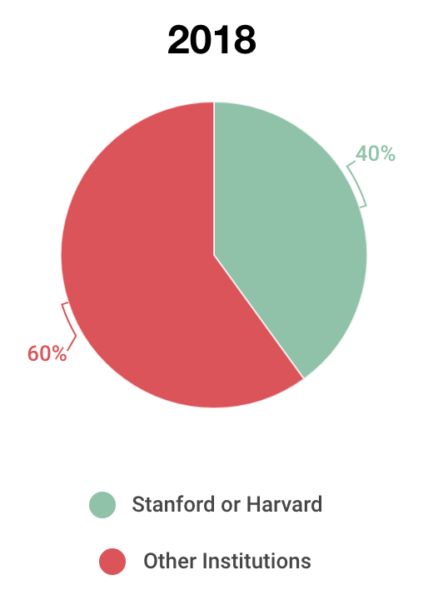Knowing What You Are Looking For
There are many different styles of investing. At USV, we choose to be thesis-driven investors. This is our current thesis.
When an opportunity shows up that is right down the middle of our strike zone, we generally jump on it.
It really helps to know what you are looking for.
I told this story yesterday to Rebecca as we were talking about a current opportunity that fits our current thesis like a glove:
———
When Brad and I were raising the first USV fund in 2003 and 2004, we spent most of our time on the road, pitching investors to invest in our fund.
On the road, we would talk a lot about what we would invest in once the fund was closed.
We wanted to invest in the applications layer of the Internet and we were seeing search and social turning into interesting opportunities.
One day Brad said to me “What if job listings worked like search? Instead of posting your jobs to a site like Monster, you just post them to your company website and buy traffic to them?”
Brad has always been fascinated by business model disruption and the power of moving to a new model.
We thought about it and talked about it a fair bit and concluded that if something that looked like that showed up, we would jump on it.
Right after we held our first closing of USV 2004 (which happened in November 2004), I read this blog post on my friend John Battelle‘s blog.
John was writing his book on Google at the time and was obsessed with the search business.
I ran into Brad’s office and said “your search engine for jobs is here, it is called Indeed.” I showed him John’s post.
So we reached out to Paul and Rony, the Indeed founders, and told them we wanted to invest in Indeed.
They weren’t so sure about that. They were self-funding Indeed after selling their previous company and did not need our money.
But we kept after them and eventually, in the fall of 2005, we did invest.
I wrote this blog post on usv.com explaining why we invested in Indeed.
The rest is history. Indeed was possibly the best company we ever invested in at USV.
There have been bigger returns as Indeed chose to sell to Recruit instead of staying independent and going public.
Had they done that, I bet they would be worth north of $10bn now and we owned a lot of it.
But that’s another story.
This one is about knowing what you are looking for and jumping on it when you see it.
It is usually a recipe for success.

